Mastopexy or Breast Lift
The goal of a mastopexy is to lift the breasts. Typically, with weight gain, the breast skin is stretched, and the breasts are pulled down. After weight loss, there is a loss from the glandular or the fatty portion of the breast. The breasts lose their fatty support, and the breasts fall, resulting in breast sag or ptosis. There are different types of mastopexies, including the crescent, 360 periareolar, vertical or lollipop, and anchor mastopexy. Through these different approaches, excess breast skin and fat around the nipple-areolar complex is removed. During the crescent mastopexy, a crescentic area of skin is removed from approximately the nine o'clock to twelve o'clock to three o'clock position around the areola. During the crescent areolar mastopexy, the nipple-areola is also raised. During a donut or 360 periareolar breast lift, an incision is made entirely around the areolar complex. During this type of mastopexy, a donut-shaped area of skin is removed. Then, the breast is elevated and raised. If the breast drop or ptosis is more severe, an incision is made 360 around each areolar complex and then down the front of the breasts. The resulting scar is in the shape of a lollipop. This type of mastopexy allows for even more elevation of the breasts. If the breast ptosis is severe, this may require an anchor breast lift where the incision is made around the areolar down the front of the breast and underneath each breast. The resulting scar is in the shape of an anchor or the inverted letter “T.” Often, the breast lift is combined with breast augmentation for optimal breast aesthetic. Sometimes, the breast lift is covered by your insurance. Insurance coverage depends on the quality of your insurance and your anatomy. Mastopexies are performed as an outpatient procedure under general anesthesia. After your mastopexy, you will be required to wear a supportive bra for approximately six weeks. The recovery period is approximately two weeks. At approximately five to seven days after your mastopexy, you can return to a sitting job. You can return to light activity at approximately four to six weeks after your breast lift. You can return to heavy activity six to eight weeks after your mastopexy. The swelling should be gone from your mastopexy at approximately six to eight weeks. Most patients experience some mild pain after the mastopexy, which is easily managed with narcotics. Most patients take pain medication for three to five days after surgery. Drains are typically not involved, but if your plastic surgeon is concerned about the accumulation of blood and fluid, then drains may be placed. If a drain is placed, it is usually removed five to ten days after the surgery. You should be able to start exercising about four to six weeks after your mastopexy. You should be able to have sexual relations at approximately three to four weeks after your mastopexy. You will probably not need to do breast massage unless breast implants are placed. Once the incisions have healed and there is no drainage, you will be instructed to apply scar cream to the incisions. The mastopexy typically takes two to four hours to complete depending on the complexity of the mastopexy that is required. After the mastopexy, you will be placed in a bulky dressing for approximately five days and then into a bra, which you will be expected to wear for approximately four weeks. Usually, breast sensitivity and the ability to breastfeed is intact after a mastopexy.
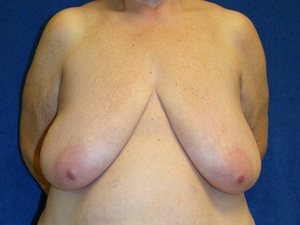
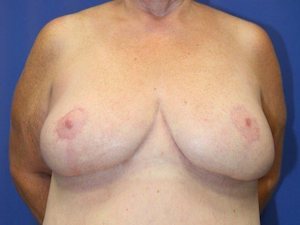
Before: Breast Lift After: Breast Lift
(Courtesy J. Timothy Katzen, MD)
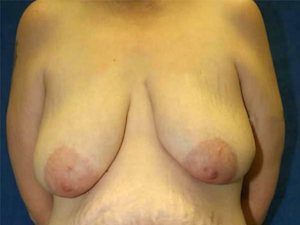
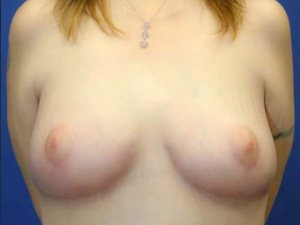
Before: Breast Lift After: Breast Lift
(Courtesy J. Timothy Katzen, MD)
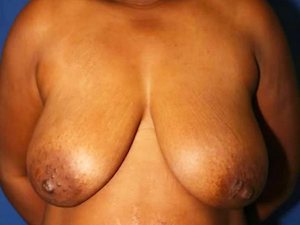
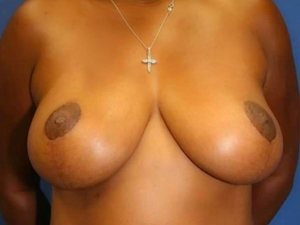
Before: Breast Lift After: Breast Lift
(Courtesy J. Timothy Katzen, MD)
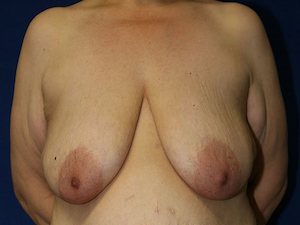
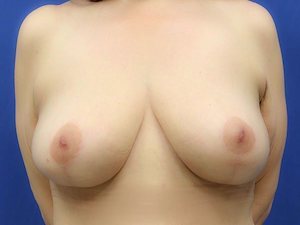
Before: Breast Lift After: Breast Lift
(Courtesy J. Timothy Katzen, MD)
